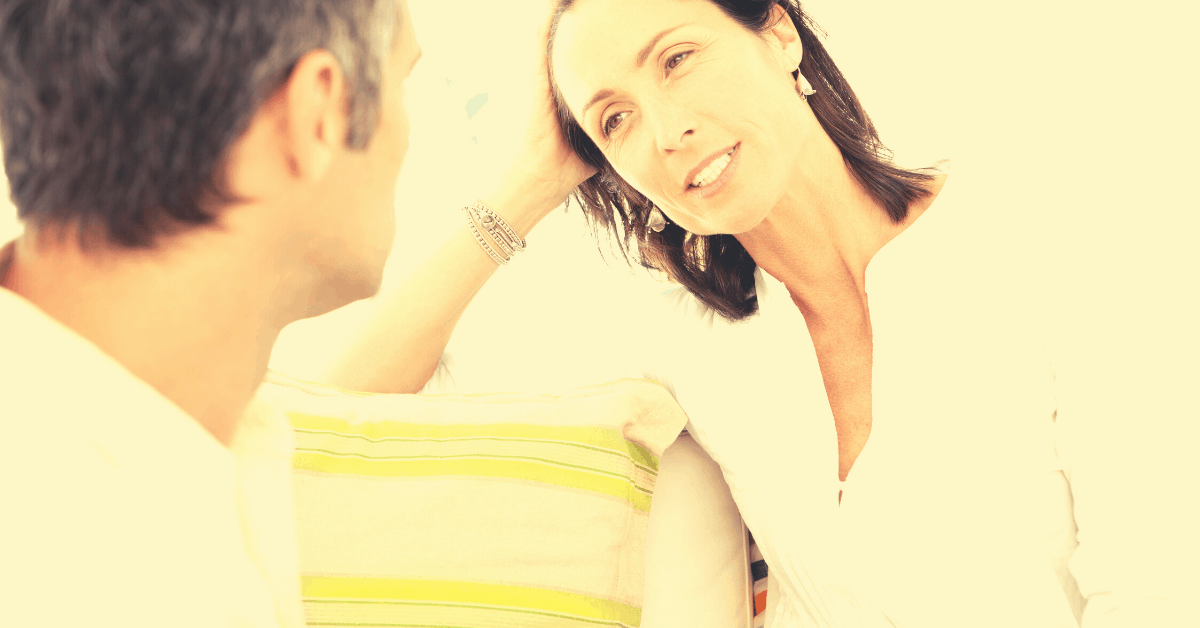How To Tell Someone’s Lying By Looking At Their Face
Even though there are other more reliable body language indicators of lying, we often need to be able to tell someone’s lying by looking at their face.
From an early age, we’re taught to look at people when we’re speaking with them. You’d think that we’d be experts at interpreting facial expressions, but without training, our chances of detecting deceit are about 50%.
Steve here and welcome to this week’s private eye post where we’ll be taking a look at some of the specific facial body language that typically occurs when people lie.
So, if you suspect your wife, husband or partner or cheating on you, these are some of the best ways to tell if they’re lying from just watching their face.
The facial clues will most probably vary dramatically from one individual to another.
Some people will make it so obvious they’re lying, they may as well grow their nose like Pinocchio, or clap their hand to their mouth like a 3-year-old.
For others, the clues will be slight and hard to see. To be able to spot their lies, you’ll most likely need to establish a baseline first. To do this, you’ll need to pay particular attention to their facial cues when you know they’re telling the truth and talking on a subject they’re comfortable with.
Disclaimer: This information is for general educational purposes only and may not apply to all situations — everyone is unique after all. For help with an individual situation, please contact us —the first call is free, and we may just be able to put your mind at rest!
#1 Dry And Compressed Lips
Most people look for lies in the eyes of the person they’re speaking with but the lips are a fantastic source of information. Highly vascular and rich with nerves, the lips react almost instantly to display the truth of someone’s feelings.
There are four main things to look for in the lips when you suspect your partner of lying about cheating.
- First, you may notice that their kisses seem “off” before they even start to talk.
- You might see their lips tighten and compress as they hear something they don’t like. Both these first two are the result of a constriction of blood flow to the lips. Your partner’s kiss seems off because his/her lips are hard, and not warm and pliable. The tightening and compressing can almost make lips disappear completely.
- Third, you might see their lips purse after they tell a lie. This is because their mouth goes dry, and the pursing helps moisten their lips.
- Fourth, you might see them biting their lips after they tell a lie, or are “stressed” about something they hear. This is a soothing behaviour, like stroking your chin.
#2 Head Shaking
This is one of those crazily obvious things, and I know it sounds ridiculous now as you’re reading it.
But when some people lie, they literally shake their heads as a “no.” Some people will say “yes” and shake their heads “no” and vice-versa.
Once you notice it, don’t look at the person too hard, and instead, try and use peripheral vision to watch them. That way, they won’t easily become conscious of what they’re doing.
#3 Blushing
Blushing is a natural and limbic reaction. Often people who lie will blush immediately afterwards. This is usually most noticeable in women, especially in the neck area.
#4 False Smile
A false smile involves just the mouth. When someone smiles naturally they use the upper facial muscles and smile with their eyes and cheeks too. Try smiling with just your lips yourself and look in the mirror — then smile normally and see what a difference it makes.
#5 Eyes
There are a few things you can look for in the eyes, including the direction someone looks when they’re talking, but the following three are more reliable indicators of stress.
Blinking rapidly — some people start blinking a lot when they’re lying.
Elongated blinks — other people instead of blinking rapidly shut their eyes for an extended period of time. If it’s about a second or more then they’re doing this. (Again try it yourself and record on your phone so you can see what it looks like.)
Eyes darting back and forth — from times gone by, our old limbic response of fight or flight has us looking around for the options to escape. And that’s exactly why some people’s eyes are all over the place when they’re lying.
Summary
There are many parts of the body you can pay attention to and find out if someone is lying. Because of how we’re conditioned from an early age to look at people when speaking with them, the face is the natural place to start looking for clues to lying. To get better than the average person’s 50% chance of spotting deceit, you should practice paying attention to everyone you engage with on a daily basis. Before you know it you’ll be a human lie detector.
Follow us on Facebook for more information on signs of lying, and how to get help if you think you need to.
Until next week,
Steve.
